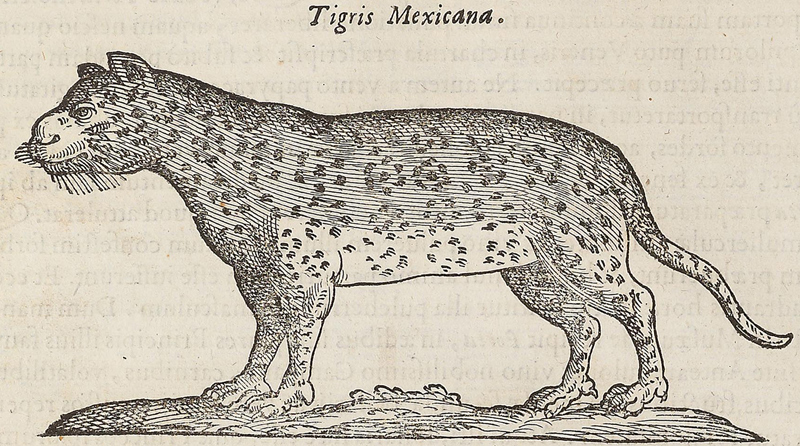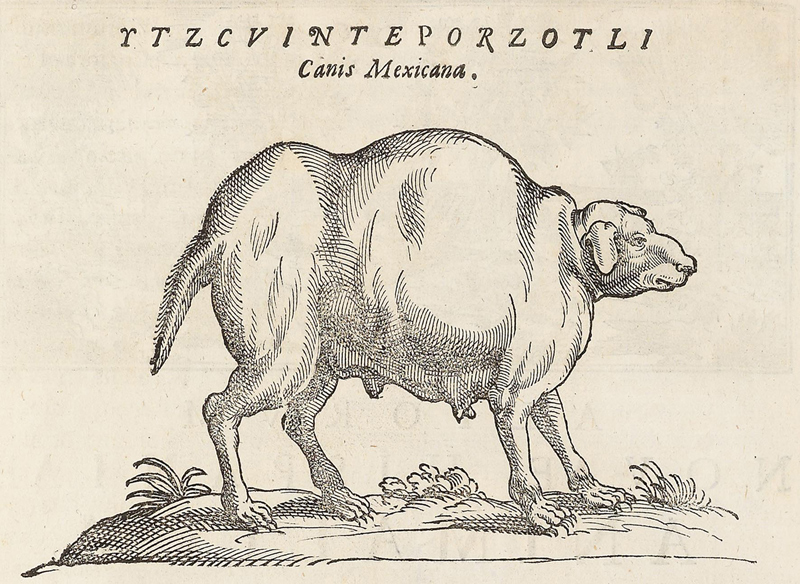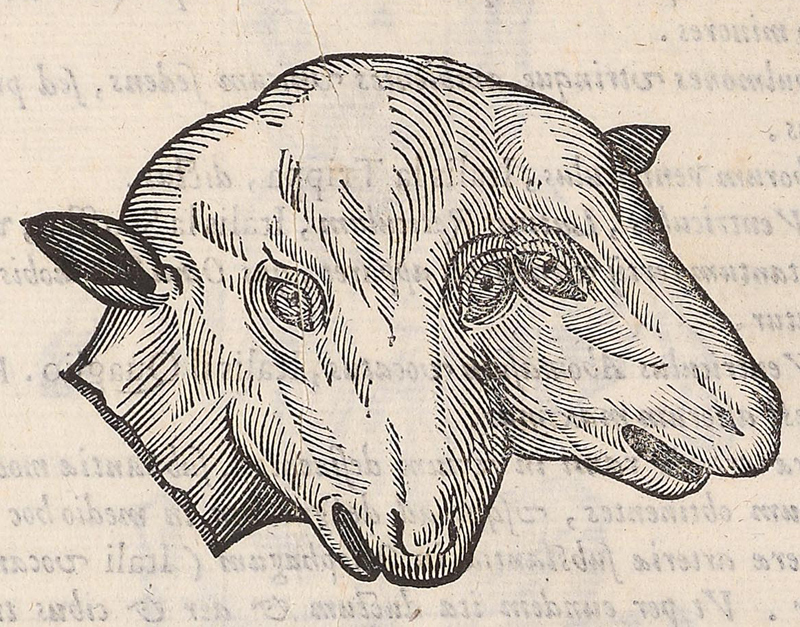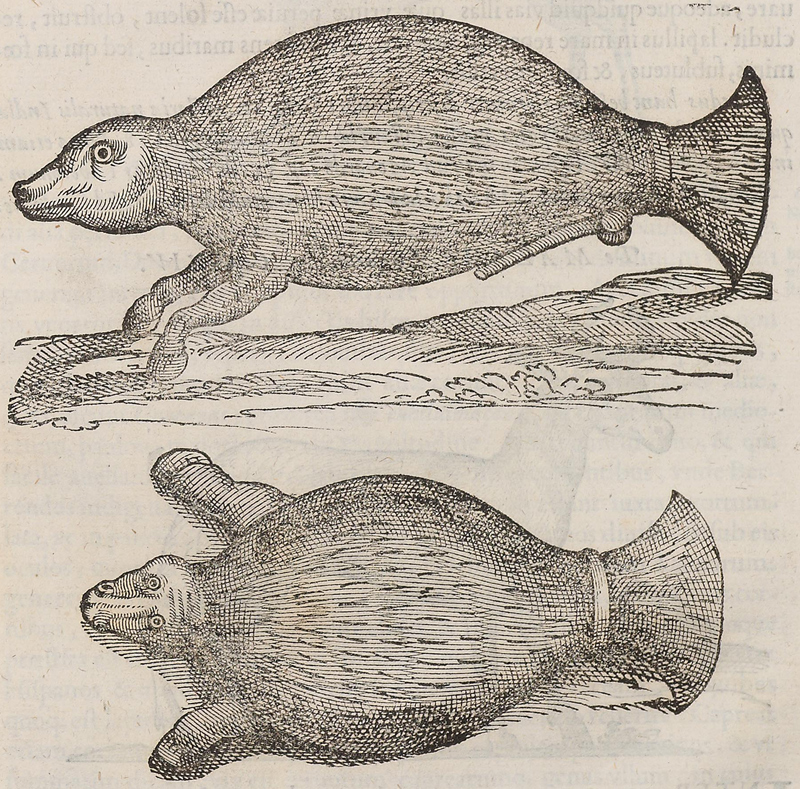From the Library: Strange Beasties in Hernández’s Nova Plantarum, Animalium et Mineralium
Posted in From the Library on August 16 2012, by Mertz Library
While the NYBG‘s Library is home to a wealth of rare botanical texts, we occasionally come into possession of something which explores taxonomy on a much broader level. Loosely translated from Latin, The New History of Plants, Animals and Minerals of Mexico is one such example, diving into seventeenth-century zoological studies with a certain flair.
There are many inexplicable species drawings in Francisco Hernández’s pre-Linnaean work Nova plantarum, animalium et mineralium Mexicanorum historia (1651), which was digitized at The New York Botanical Garden’s LuEsther T. Mertz Library as part of its multiyear Global Plants Initiative project, generously funded by the Andrew W. Mellon Foundation.
In fact, in some cases, the animals depicted seem more inspired fantasy than scientific discovery. Take Dracunculus Monoceros:

Another example might be this two-headed snake:

The phrase “illvstriss. card. Barberini” in the above Dracunculus drawing refers to Cardinal Francesco Barberini, friend to Galileo and member of Academy of Linceans—an organization founded in the seventeenth century to document and classify all of nature in pictorial form.
Some inventions and inaccuracies in these early drawings might have had political or patronage causes that are addressed in part, for example, in the book The Eye of the Lynx: Galileo, His Friends, and the Beginnings of Modern Natural History by David Freedberg. (See a review here.) Nevertheless, the illustrations themselves make for fascinating curiosities.
Here are a “Mexican tiger” and a “Mexican dog”:


And a few more:




The entire book is available online at the Mertz Library digital collections.

